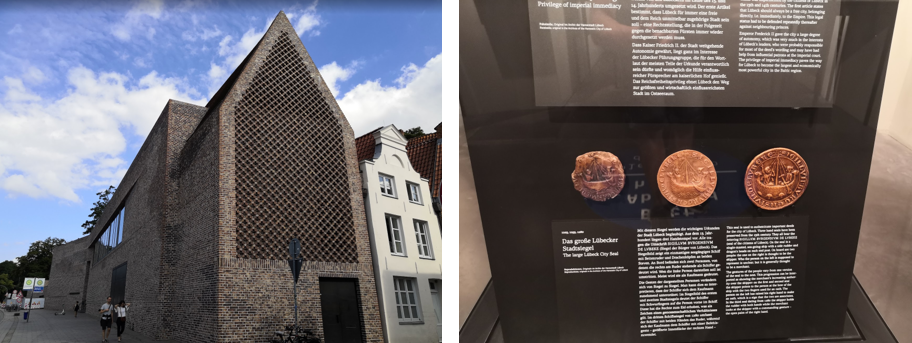Lübeck
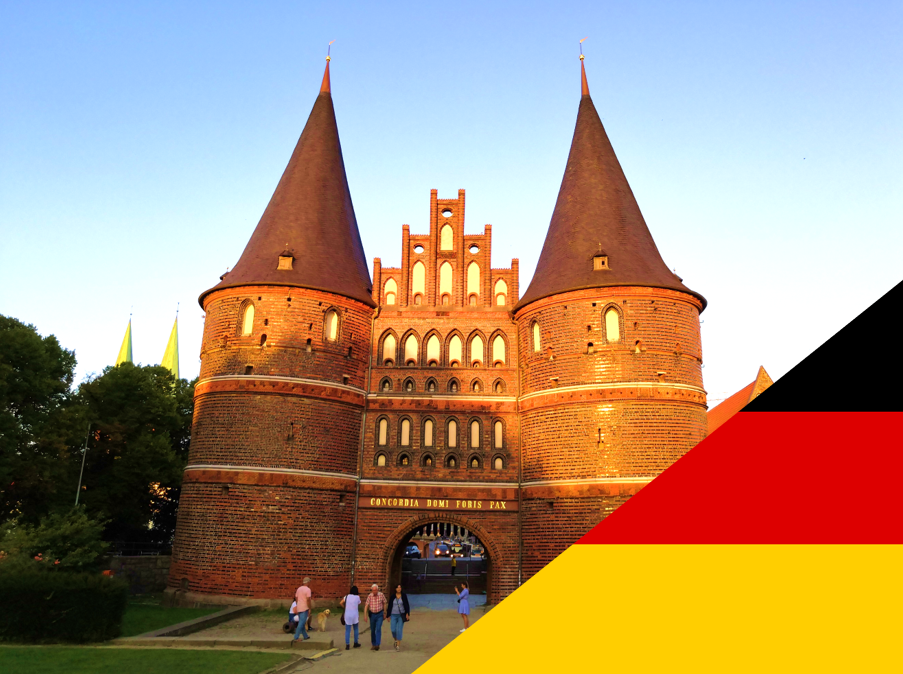
Day 1
Finally, it is time for the “Queen” and “Mother of the Hanseatic League”: Lübeck. The founding of Lübeck in 1143 is closely interwoven with the emergence of the Hanseatic League. As one of the first German cities with access to the Baltic Sea, its favorable location enabled trade between the resource-rich areas of northern Russia and the Baltic Sea. The old town of Lübeck is surrounded by the river Trave and channels which connects the city to the Baltic Sea.
Like so many Lübeckers on this warm summer day, I took a trip to the Travemünde district. Travemünde is not only an important port at the confluence of the Trave river and the Baltic Sea, but also a popular recreation area and health resort.

In the afternoon, I met friendly locals with ambitions as tourist guides. They showed me around Lübeck’s old town and the Willy Brandt House, where you can even see a part of the Berlin Wall. Willy Brandt, the former mayor of Berlin and later chancellor, was born in Lübeck. Many thanks to Silvia and Eva for showing me around their home town!
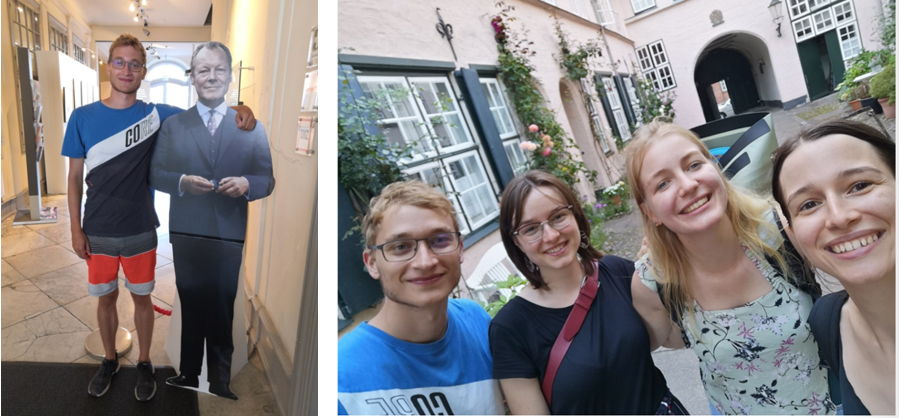
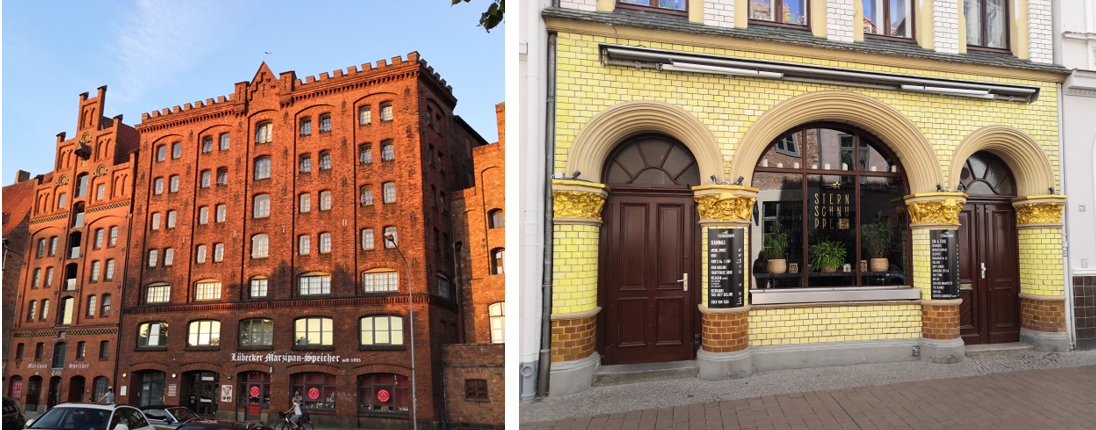
Day 2
On day 2 in Lübeck, I continued to explore the old town, which is completely located on an island and is also partly an UNESCO World Heritage Site. Lübeck’s black-glazed brick town hall is one of the largest medieval town halls in Germany and testifies to the wealth of the Hanseatic city. Over the years it has been extended again and again, which is why it combines many styles. Unfortunately, the historic Hansa Hall, where the Hansa Days (a meeting of representatives of the Hanseatic cities) were held, is no longer preserved.
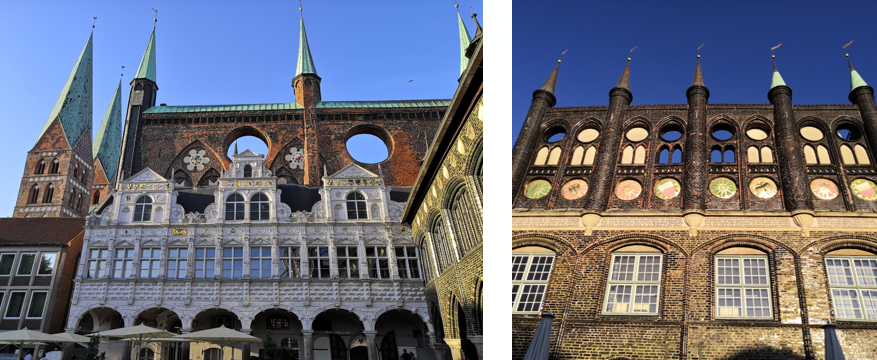
Afterwards I visited St. Mary’s Church, one of the largest brick churches in the world, built on the highest point of the old town. St. Mary’s Church represents the self-confident, economically strongly aspiring citizens and their intention was to clearly surpass the city’s Romanesque bishop’s church, Lübeck Cathedral, in size. Furthermore, besides the picture cycle of the Dance of Death and the astronomical clock, the church is known for its fallen bells. The bells at the bottom of the southern tower, which fell down during the fire caused by a bombing raid in the Second World War, still lie in the same place as memorial. Finally, I visited the Marzipan Museum, as Lübeck is world famous for this sweet. As an important trading hub, which insured a steady supply of the exotic ingredients (e.g. almonds), Lübeck became well known for the quality of its marzipan.
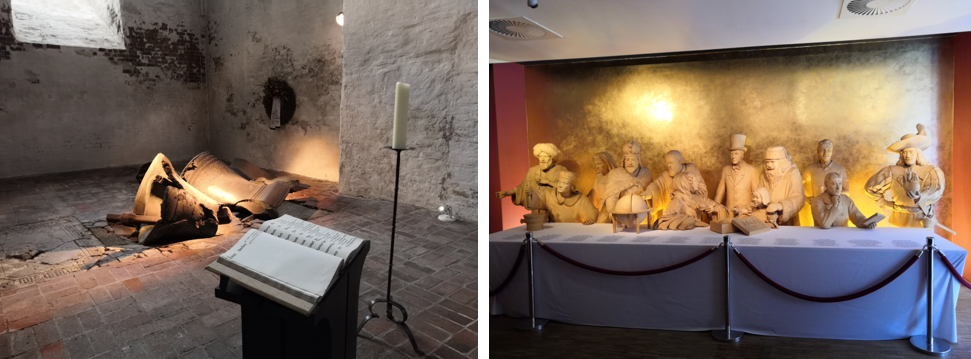
Day 3
Last day in Lübeck and time for a real classic: The Holsten Gate, a gate of the Lübeck city fortifications and the city’s landmark. Originally it was the middle gate in a row with three other Holsten gates. Today there is also a museum in the building that shows among other things, models of the ships of the Hanseatic League.
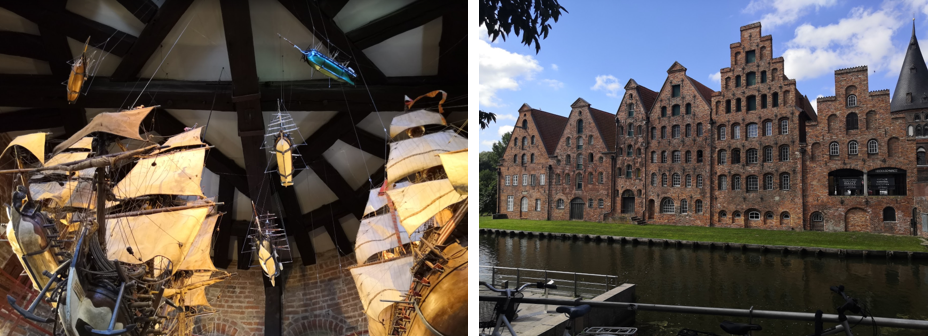
To find out more about the Hanseatic League I visited the European Hanseatic League museum. The museum had a cool interactive exhibition that showed the history of the Hanseatic League from the beginning to its decline. Especially interesting was what happened to the Hanseatic League after the Thirty Years’ War. In 1669, the last Hansa Day took place in Lübeck – the Hanseatic cities had not succeeded in developing viable power structures after the war. However, the Hanseatic League was never formally dissolved, but faded out slowly. In addition, I also appreciated the livable depiction of the 4 main kontors (offices in Nowgorod, London, Brugge/Antwerpen and Bergen) abroad and their history. In contrast to the other 3 kontors, the harbour district (Bryggen) in Bergen can still be visited and is certified as UNESCO World Heritage Site (as an example of Hanseatic architecture in Norway).
